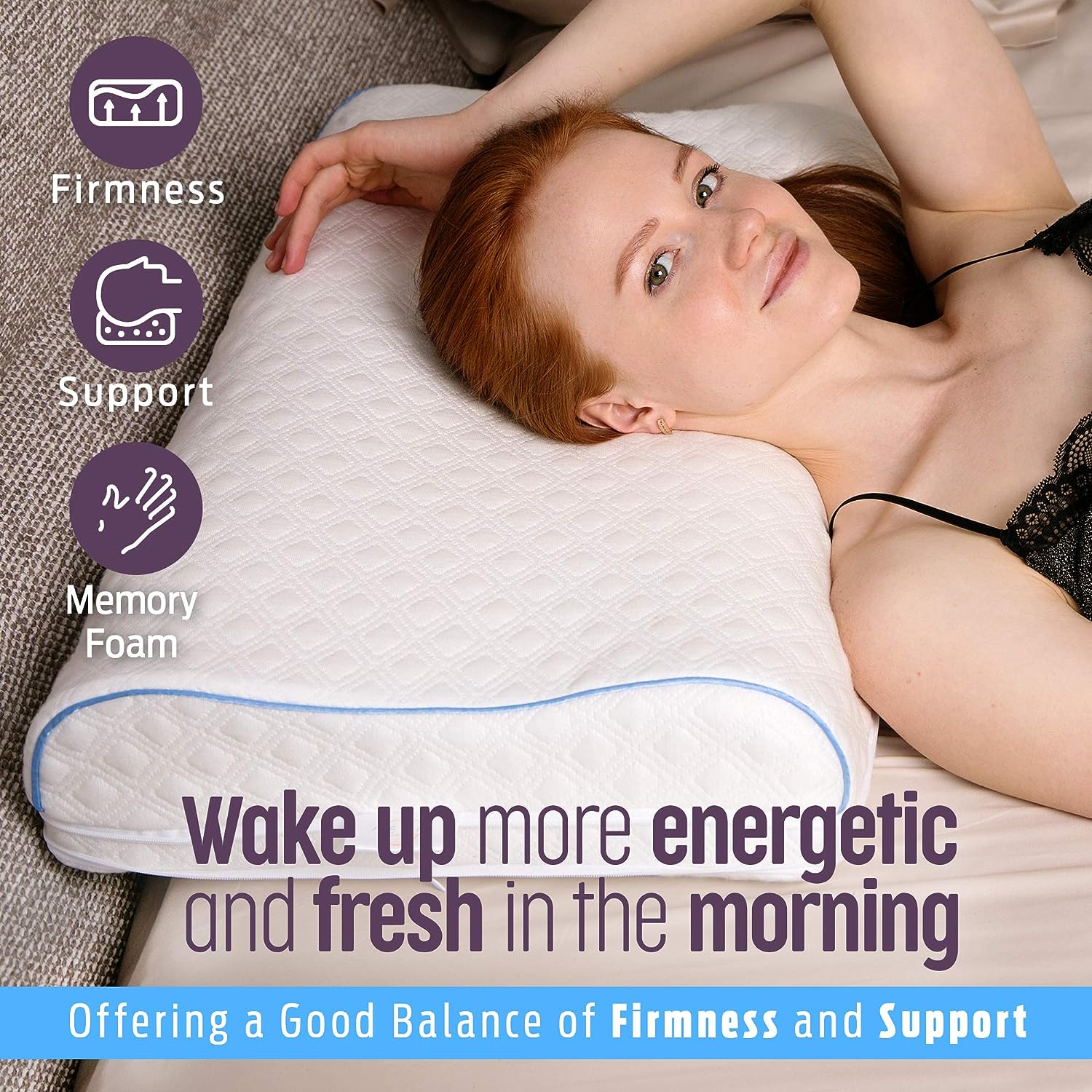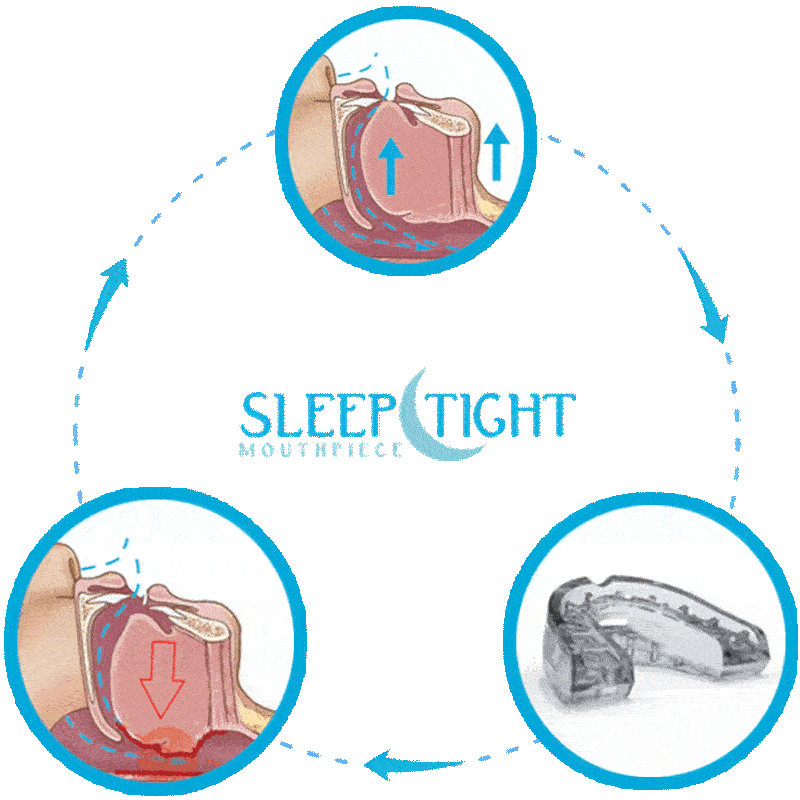Have you ever wondered why it’s so hard to fall asleep after scrolling through your phone or watching TV late at night? Well, the culprit may be the blue light emitted by electronic devices. In this article, we’ll explore how blue light affects your sleep and what you can do to improve your sleep quality.
Blue light, which is found in abundance in electronic devices like smartphones, tablets, and computers, has a unique effect on our sleep cycle. When you’re exposed to blue light before bedtime, it suppresses the production of the hormone melatonin, which regulates sleep. This makes it harder for your body to wind down and fall asleep naturally.
Not only does blue light disrupt the production of melatonin, but it also affects the quality of your sleep. Studies have shown that exposure to blue light in the evening can lead to less restful sleep, more sleep disturbances, and even disrupted circadian rhythms. This can result in feeling groggy and fatigued the next day, making it harder to focus and stay alert.
Fortunately, there are measures you can take to minimize the negative effects of blue light on your sleep. In the upcoming article, we’ll discuss practical tips on reducing blue light exposure, such as using blue light filters on your devices, adjusting your bedtime routine, and creating a sleep-friendly environment. So, stay tuned to learn more about how you can improve your sleep in the blue light era!

Understanding Blue Light
What is blue light?
Blue light is a high-energy visible light that is emitted by electronic devices such as smartphones, tablets, laptops, and LED lights. It is part of the visible light spectrum and has a shorter wavelength and higher energy compared to other colors of light.
Sources of blue light
Apart from electronic devices, the primary sources of blue light include the sun, fluorescent lights, and compact fluorescent light bulbs. However, the increasing use of electronic devices in our daily lives has resulted in significant exposure to blue light.
Wavelengths of blue light
Blue light has a wavelength between approximately 380 to 500 nanometers, making it one of the shortest and highest-energy wavelengths in the visible light spectrum. This short wavelength allows blue light to penetrate the eyes more easily, affecting our sleep patterns and overall well-being.
Blue Light and Sleep Cycle
Role of melatonin in sleep regulation
Melatonin is a hormone produced by the pineal gland in the brain, and it plays a crucial role in regulating our sleep and wake cycles. The production of melatonin is influenced by the body’s internal clock, known as the circadian rhythm.
Effects of blue light on melatonin production
Exposure to blue light, especially in the evening and at night, can suppress the production of melatonin. This occurs because the blue light mimics the daylight, which signals the brain to stay awake and reduces melatonin secretion.
Disruption of circadian rhythm
The suppression of melatonin production due to blue light exposure can disrupt the body’s circadian rhythm. This disruption can lead to difficulties in falling asleep, reduced quality of sleep, and overall sleep deprivation.

Impact of Blue Light on Sleep Quality
Difficulty falling asleep
The exposure to blue light before bedtime can make it harder for you to fall asleep. The blue light stimulates the brain and reduces the production of melatonin, making you feel more alert and awake.
Reduced REM sleep
REM (Rapid Eye Movement) sleep is a crucial stage of sleep associated with dreaming and memory consolidation. Unfortunately, blue light exposure before bed can reduce the amount of REM sleep you get, affecting your overall sleep quality.
Increased awakenings during the night
Blue light exposure can also lead to increased awakenings during the night. This can disrupt your sleep continuity and result in fragmented sleep, leaving you feeling tired and groggy the next day.
Blue Light Exposure and Sleep Disorders
Insomnia
Insomnia is a common sleep disorder characterized by difficulties falling asleep, staying asleep, or both. The exposure to blue light from electronic devices, particularly before bed, can contribute to the development or exacerbation of insomnia symptoms.
Delayed sleep phase syndrome
Delayed sleep phase syndrome is a sleep disorder where individuals have a delayed sleep-wake cycle, making it challenging to fall asleep and wake up at desirable times. Blue light exposure can exacerbate this syndrome by further delaying the onset of sleep.
Shift work sleep disorder
Those who work night shifts or irregular hours often experience shift work sleep disorder. Exposure to blue light during the night shifts can disrupt the body’s internal clock and make it difficult to sleep during the day.

Preventing Blue Light-related Sleep Problems
Limiting electronic device usage before bed
To minimize the impact of blue light on your sleep, it is recommended to limit electronic device usage, particularly in the evening and before bed. Try to create a bedtime routine that involves activities other than screen time, such as reading a book or engaging in relaxation techniques.
Using blue light filters or glasses
Many electronic devices and apps now offer built-in blue light filters that reduce the amount of blue light emitted. Additionally, wearing blue light-blocking glasses can help protect your eyes and promote better sleep by filtering out the harmful blue light.
Opting for warm-colored or dimmed screens
Adjusting the color temperature of your electronic devices to warmer hues can also reduce the exposure to blue light. Dimming the brightness levels can further minimize the potential negative effects of blue light on your sleep.
Scientific Studies and Research
Studies on blue light exposure and sleep patterns
Numerous scientific studies have focused on understanding the relationship between blue light exposure and sleep patterns. These studies consistently highlight the negative impact of blue light on sleep, emphasizing the importance of minimizing exposure before bed.
Effects of blue light on different age groups
Research has shown that individuals of all ages can be affected by blue light exposure. However, children and adolescents may be particularly vulnerable to its influence due to their developing circadian rhythms and higher electronic device usage.
Comparative analysis of sleep quality with and without blue light
Comparative studies have been conducted to evaluate the differences in sleep quality between individuals exposed to blue light and those who are not. These studies consistently show that exposure to blue light leads to poorer sleep quality.
Health Risks Associated with Blue Light Exposure
Eye strain and potential vision problems
Extended exposure to blue light can cause eye strain, which manifests as dry or irritated eyes, blurred vision, and headaches. Prolonged exposure to blue light may also contribute to the development of eye conditions such as cataracts or age-related macular degeneration.
Increased risk of age-related macular degeneration (AMD)
Age-related macular degeneration is a degenerative eye disease that affects the central part of the retina, leading to vision loss. Some research suggests that long-term exposure to blue light may contribute to the development or progression of AMD.
Impact on overall well-being
Blue light exposure can have a significant impact on your overall well-being. Poor sleep quality resulting from blue light exposure can affect your mood, cognitive performance, and even your immune system function.
Regulating Blue Light Emission
Introduction of blue light emission standards
Various organizations and institutions have recognized the potential risks associated with blue light exposure and have introduced standards to regulate the emission of blue light in electronic devices.
Manufacturers’ efforts to reduce blue light output
In response to the growing concern over blue light exposure, many manufacturers have implemented technologies to reduce the amount of blue light emitted by their devices. Some devices offer built-in features that allow users to adjust the blue light emission levels.
Development of adaptive display technologies
New technologies, such as adaptive display technologies, have been developed to automatically adjust the color temperature of electronic screens according to the time of day. These technologies aim to reduce the exposure to blue light during nighttime hours, promoting better sleep.
Advice from Experts
Recommendations from sleep specialists
Sleep specialists emphasize the importance of implementing good sleep hygiene practices to minimize the negative effects of blue light exposure. They recommend establishing a consistent sleep schedule, creating a sleep-friendly environment, and practicing relaxation techniques before bed.
Tips for maintaining a healthy sleep environment
To promote healthy sleep, experts recommend keeping your bedroom dark and cool, avoiding caffeine and stimulating activities close to bedtime, and establishing a relaxing pre-sleep routine. Creating a sleep-friendly environment can help enhance the quality of your sleep despite blue light exposure.
Educating individuals about blue light effects
It is crucial to educate individuals, especially children and adolescents, about the effects of blue light on their sleep and overall well-being. By encouraging responsible electronic device usage and raising awareness about blue light filters, individuals can make informed decisions to protect their sleep.
Conclusion
Recognizing the significance of blue light in sleep disruption is essential for maintaining a healthy sleep pattern and overall well-being. By promoting awareness about the effects of blue light and implementing preventive measures, individuals can strive for a balance between technology and healthy sleep habits. Prioritizing good sleep hygiene and taking steps to reduce blue light exposure can contribute to better sleep quality and improved overall health.



